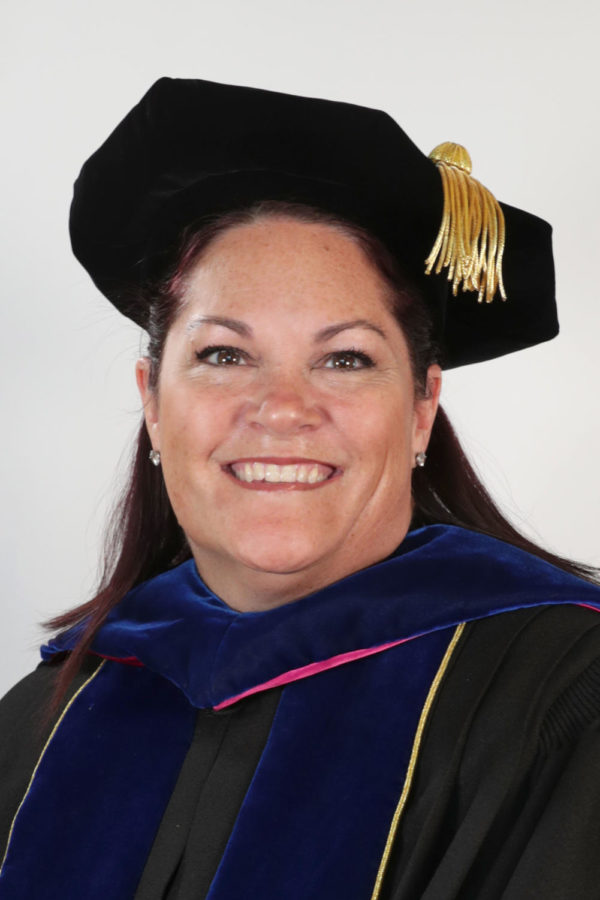The Asperger Initiative at Mercyhurst (AIM) is a program started by Dianne Rogers, director of the Learning Differences Program, which encourages those with Asperger’s Syndrome to progress in both academic and social goals.
Approximately eight students at Mercyhurst have Asperger’s Syndrome, a high-functioning form of Autism. Many of those with Asperger’s have the capacity to succeed, but require support in their interacting with both peers and faculty.
The syndrome can range from high-functioning individuals to those who require intensive support. While this is a wide range, many students with Asperger’s do not require help in the classroom, but mostly outside of the classroom in social situations.
The AIM program has gained successful momentum and many of these students not only perform well in school, but also engage in clubs and activities.
“Part of what makes our approach unique is that we really felt that any program we put together for students with Asperger’s belongs in student life,” Rogers said.
Graduate student Brent Martin and a group of students meet for a “Lunch Bunch” in which students can talk about their day-to-day activities and experiences.
“It is a group for them to converse face to face with others,” Martin said. He has been engaging students in activities such as snow tubing at Peak’n’Peak or taking a trip to the Cleveland Museum of Natural History.
On these trips, the program puts the students in situations in which they need to interact one-on-one with others. This program, which facilitates interaction though conversation and activity, is growing strong and takes a unique approach to the difficulties disabilities can cause for those at the collegiate level.
The program also offers an incentive for those seeking post-secondary study.
“Our mission is to work with those who we can graduate,” Rogers said. “This program is a deciding factor for 90 percent of those with disabilities.”
The objective of the program is to bring people in and let them get involved. The students in the program passed the same admissions criteria as all other students. One major hurdle for interaction is the lack of understanding from those who have never encountered those with Asperger’s.
“I wish people wouldn’t look at them any differently,” Martin said.
Despite these social hurdles, the program has received positive reactions from students with Asperger’s who are better enabled to adapt to the independence of college life.




